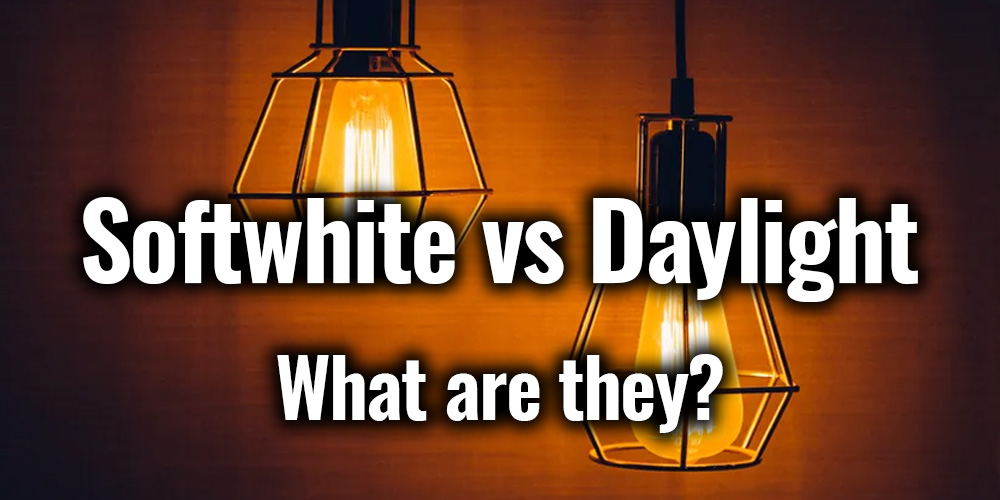
By now we’re getting used to the modern conveniences of having LED light. But several different kinds of light come in color temperature. Choosing the right kind of light will depend on where it matters more in your home or for outside usage. In this article, we’ll focus on Soft White Vs Daylight temperature LEDs. While sometimes it’s only a matter of personal taste, there are very specific reasons why these two very different colors will make a difference. And also make it easier for you to compare and choose which one is best for you.
What is soft white light?
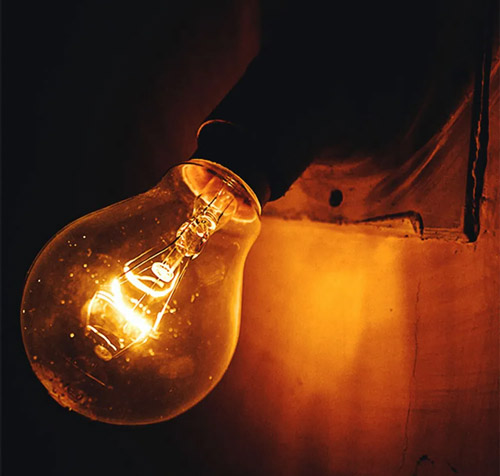 Right from the start, this word is often used when describing a comfortable color. It gets mistaken because the word ‘soft’ is used to describe the kind of coating over a LED bulb. But did you know that soft white is actually a color temperature? Not only that, but many LED bulbs will offer a powder covering that softens the light that comes out. It doesn’t change the color spectrum at all, so looking for anything with soft in the title is a bit deceiving. What soft white light is, actually refers to a light bulb you’re more used to seeing.
Right from the start, this word is often used when describing a comfortable color. It gets mistaken because the word ‘soft’ is used to describe the kind of coating over a LED bulb. But did you know that soft white is actually a color temperature? Not only that, but many LED bulbs will offer a powder covering that softens the light that comes out. It doesn’t change the color spectrum at all, so looking for anything with soft in the title is a bit deceiving. What soft white light is, actually refers to a light bulb you’re more used to seeing.
Soft white is part of the color chart known as the Kelvin range. It’s also a color that is set on the chart at 2700K. This is a color that is often warm and friendly. Just like the incandescent light give off a warm and slightly orange-yellow color. It’s also this color since the older incandescent bulbs had a burning filament. No matter which watt bulb you chose, this color was the spectrum that people were used to. So, soft white is the name given to describe this very specific color that is given for LED light bulbs.
What is daylight?
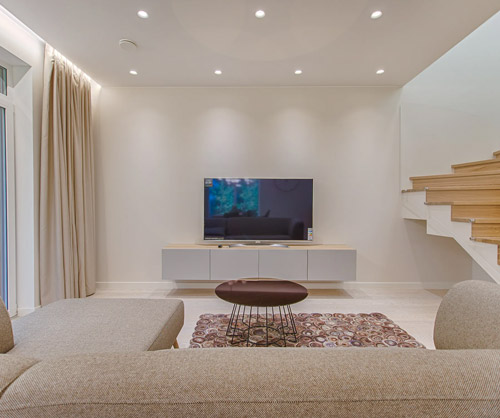 The light that we see in the daytime is also one of the colors that fall on the Kelvin chart. This is a color that is rated at anything within 6500K in a LED bulb. Many varieties can include a softened daylight color so it doesn’t appear so bright. But more often daylight is a color that is often harsh when compared to soft white light. You see this color in buildings like hospitals, jewelry stores, and museums. Because of the color spectrum, it allows more details to be seen because of how bright this light happens to be.
The light that we see in the daytime is also one of the colors that fall on the Kelvin chart. This is a color that is rated at anything within 6500K in a LED bulb. Many varieties can include a softened daylight color so it doesn’t appear so bright. But more often daylight is a color that is often harsh when compared to soft white light. You see this color in buildings like hospitals, jewelry stores, and museums. Because of the color spectrum, it allows more details to be seen because of how bright this light happens to be.
This light isn’t the greatest to use at home because it often seems too bright and uninviting. But that doesn’t mean it has no place in certain rooms where it can be used to your advantage. This is especially when accent lighting is important, or to give certain rooms a more natural light atmosphere. When used outside, daylight color is great for lighting outdoor fields. It not only lights-up dark back yard areas but is preferred because it doesn’t make an outdoor patio or porch appear too bright.
Why do we need LED bulbs with different color temperatures?
Once again it all boils down to personal needs when lighting is considered. LED lights allow you to choose a color temperature of the Kelvin chart that can help increase a mood or effect. This will also include the appropriate application of why different levels of Kelvin are needed. And this is especially important around your home where certain rooms need more light than others. Then there is the issue of outdoor lighting and the need for choosing the right spectrum that will make all the difference.
Because sporting activities might need higher levels of Kelvin, softer and warmer light would be better suited for more comfortable conditions. Inside your home can also include a combination of color temperatures that can range from room to room. Some color temperatures are better for reading, while others are good for ambient room lighting. There will also be times when having dimmable LED lighting also enhances the features of color temperature. A brightly lit room can be dimmed in seconds, creating the right mood to match the moment. There is no end to what combinations can be created.
Soft White vs Daylight: which is better for eyes?
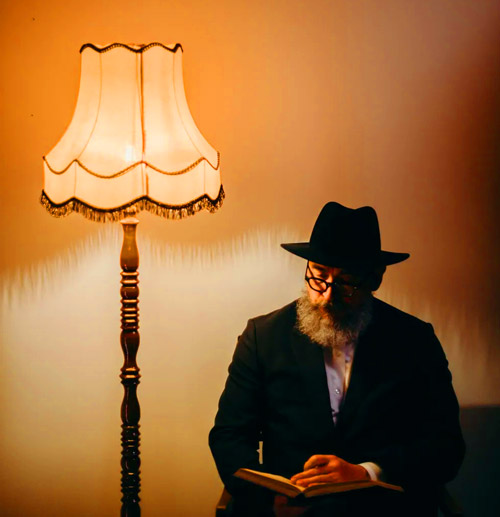 This is a tricky topic to answer since one of the others will have disadvantages in certain situations. For example, soft white light is good for reading while daylight will make the pages uncomfortable to look at for long periods. Unless you have dimmable LED bulbs that can make bright white sunlight more acceptable. Then there is the case of outdoor lighting where soft light makes it harder to see fine details in the dark. Sporting activities would cause a strain on the eyes despite the warm hue. No matter how strong the light happens to be in watts, soft white is too comfortable a temperature to use outside.
This is a tricky topic to answer since one of the others will have disadvantages in certain situations. For example, soft white light is good for reading while daylight will make the pages uncomfortable to look at for long periods. Unless you have dimmable LED bulbs that can make bright white sunlight more acceptable. Then there is the case of outdoor lighting where soft light makes it harder to see fine details in the dark. Sporting activities would cause a strain on the eyes despite the warm hue. No matter how strong the light happens to be in watts, soft white is too comfortable a temperature to use outside.
Daylight colors in the home also make a room uninviting or basically too bright. If you’ve ever been to the doctor’s office, this is typical so these medical professionals can see as much detail as possible. And at home in your garage where projects are important, it’s common that daylight is best to see what you’re doing. Using the appropriate light where the application isn’t going to cause strain on your eyes will depend on what it’s intended to illuminate. As long as the light itself isn’t affecting your activity, then it’s the right choice for that purpose.
Soft White vs Daylight: which is better for sports fields?
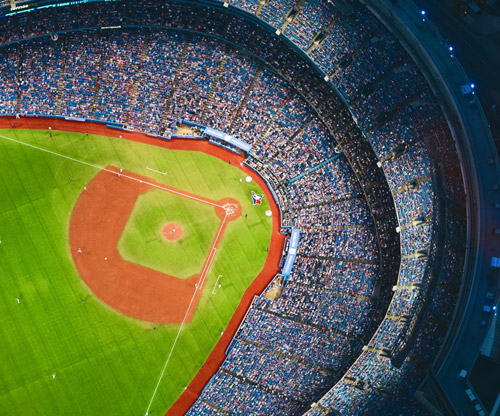 This is a no-brainer if you haven’t thought about the reasons to compare why. Soft white light bulbs just don’t allow players to see the little details that could affect their game. Worse yet, an injury will increase since the steps and physical movement will be impaired due to the lack of enough light. It will look more like a playing field is lit up with candlelight and any vivid colors will be lost under these conditions. The ability to catch a football or hit a tennis ball is hindered by both the players and the spectators.
This is a no-brainer if you haven’t thought about the reasons to compare why. Soft white light bulbs just don’t allow players to see the little details that could affect their game. Worse yet, an injury will increase since the steps and physical movement will be impaired due to the lack of enough light. It will look more like a playing field is lit up with candlelight and any vivid colors will be lost under these conditions. The ability to catch a football or hit a tennis ball is hindered by both the players and the spectators.
Judges will not be able to make a proper call since a darker playing field will be harder to see what is happening. And just like an operating table, bright LED stadium daylight allows players to make careful eye and hand movements. The same applies to outdoor sports like football, tennis, and baseball. Especially when a ball gets smaller to see, the more available light; the better a player will have a chance to see where the ball is coming or going. This is why golf courses don’t have night lighting. It’s a sport that is meant to be played in the daylight!
Soft White vs Daylight: which is better for the kitchen?
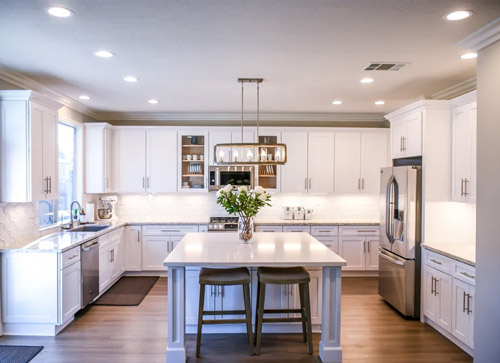 A kitchen is a place where food is enjoyed, but also food preparation must be essential with adequate light. Often you’ll see a kitchen bathing in a warm light that makes it a place people want to be. Then again with so many sharp objects and dangerous elements such as open flames and heat, you’ll need some strong light. In the kitchen, this is an exception where a combination of lighting is used. Overhead lights can be soft white, but when it comes to work areas, accent lighting that uses little daylight spot lamps are perfect.
A kitchen is a place where food is enjoyed, but also food preparation must be essential with adequate light. Often you’ll see a kitchen bathing in a warm light that makes it a place people want to be. Then again with so many sharp objects and dangerous elements such as open flames and heat, you’ll need some strong light. In the kitchen, this is an exception where a combination of lighting is used. Overhead lights can be soft white, but when it comes to work areas, accent lighting that uses little daylight spot lamps are perfect.
Most modern kitchens use this decorative formula because it makes a kitchen look pretty. But for practicality reasons, tiny spot lamps prove to be essential for cutting, mixing, and food preparation duties. It’s also useful for kitchen safety since we all know that sharp knives are even more dangerous in a kitchen that’s dimly lit. Many assorted LED kits can make any kitchen brighter underneath hanging cabinets. Some even have remote controls so the lights can be dimmed as you like.
Soft White vs Daylight: which is better for the living room?
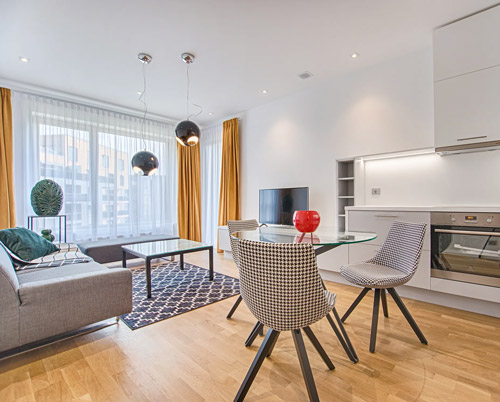 In the living room, you will find that this is the center of any family activity. So lighting here will have to be planned ahead, for how that light is going to be used. Overhead lighting should provide the main source of light for that room. It’s not a bad idea to use soft white for overhead lamps or recessed lights. There should also be accent lamps spaced throughout the room that should include daylight LEDs too. As long as these can be dimmed with a controller, this light combination is perfect for all sorts of living room lighting needs.
In the living room, you will find that this is the center of any family activity. So lighting here will have to be planned ahead, for how that light is going to be used. Overhead lighting should provide the main source of light for that room. It’s not a bad idea to use soft white for overhead lamps or recessed lights. There should also be accent lamps spaced throughout the room that should include daylight LEDs too. As long as these can be dimmed with a controller, this light combination is perfect for all sorts of living room lighting needs.
If overhead lighting has daylight lamps, panels, or chandeliers, they should be dimmable as well. This way the combination of assorted accent lamps can include soft white for reading. Overhead lights can also be turned off to watch TV, play video games, or enjoy a conversation. This allows the living room to enjoy soft white accent lamps to light up certain portions of the living room. If you have a pool table with an overhead lamp, it’s best to use daylight LEDs to illuminate the pool table.
Soft White vs Daylight: which is better for the bathroom?
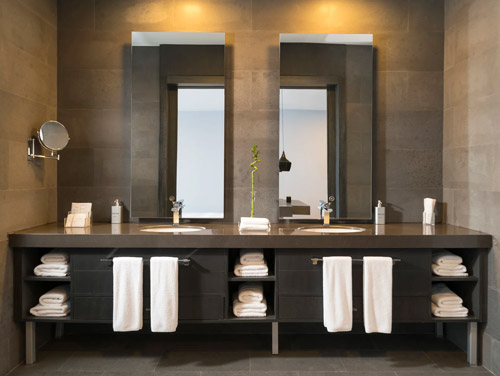 All bathrooms are designed to have a certain look based on a style or personal taste. But considering that you do so many activities there throughout the day, you’re going to need good lighting. Two or three sets of light are common for a modern bathroom. There is one that is used for the bathroom mirror, one for the room itself, and at least one accent light. The mirror light will be the most important since shaving or doing make-up requires very clean light. You’ll need daylight for this that is set on dimmer control.
All bathrooms are designed to have a certain look based on a style or personal taste. But considering that you do so many activities there throughout the day, you’re going to need good lighting. Two or three sets of light are common for a modern bathroom. There is one that is used for the bathroom mirror, one for the room itself, and at least one accent light. The mirror light will be the most important since shaving or doing make-up requires very clean light. You’ll need daylight for this that is set on dimmer control.
Lights can go around the mirror, or be overhead, but a full coverage to see your reflection clearly is best. The overhead light is up to your liking, so either daylight or soft white is good. As for an accent lamp, it’s entirely up to your choice depending on what it will be used for. If it will be used to highlight the tub or home spa, you should choose a light that has a dimmer or changing colors to enhance a mood. Especially for those days or nights when a hot soak in the tub needs relaxing light instead of using a candle.
Soft White vs Daylight: which is better for outside light?
Let’s talk about outdoor lighting for a second. Your backyard or patio areas are places where you tend to entertain friends and family. This is where lighting takes-on a whole life of its’ own. Actually, this is where your imagination is important since the activity you want to light up is what counts outside. If you decide that a garden or lawn area is well lit, then daylight LEDs should be used. That doesn’t mean that little spot lamps shouldn’t add a bit of charm and magical quality. Decorative lights that are solar-powered work great in this case.
But for a patio area, using a combination of lights that can be spread out all over an outdoor space. Use a soft white to give a welcoming atmosphere, but keep any kind of floodlights hidden. Reduce glare by hiding floodlights behind objects or blocked by a ‘sight-line’. A bit like what Disneyland does on their Dark Rides. You can see something lit-up, but you never directly see these light bulbs since they’re carefully hidden. In this case, a good combination of both types of light is recommended.
Our conclusion
We hope that this guide helps decide to use soft white and daylight LED lights. As many of these tips are helpful to you, they aren’t concrete aside from the exception of sports lighting. That’s just practical safety as a rule of thumb. Kitchen safety follows a close second but is based on the need to see what you’re doing with your hands. Now, at least you have a better understanding of how to compare soft white and daylight color spectrums that can work best for you. And, how you can use that difference to your benefit in and around your home!